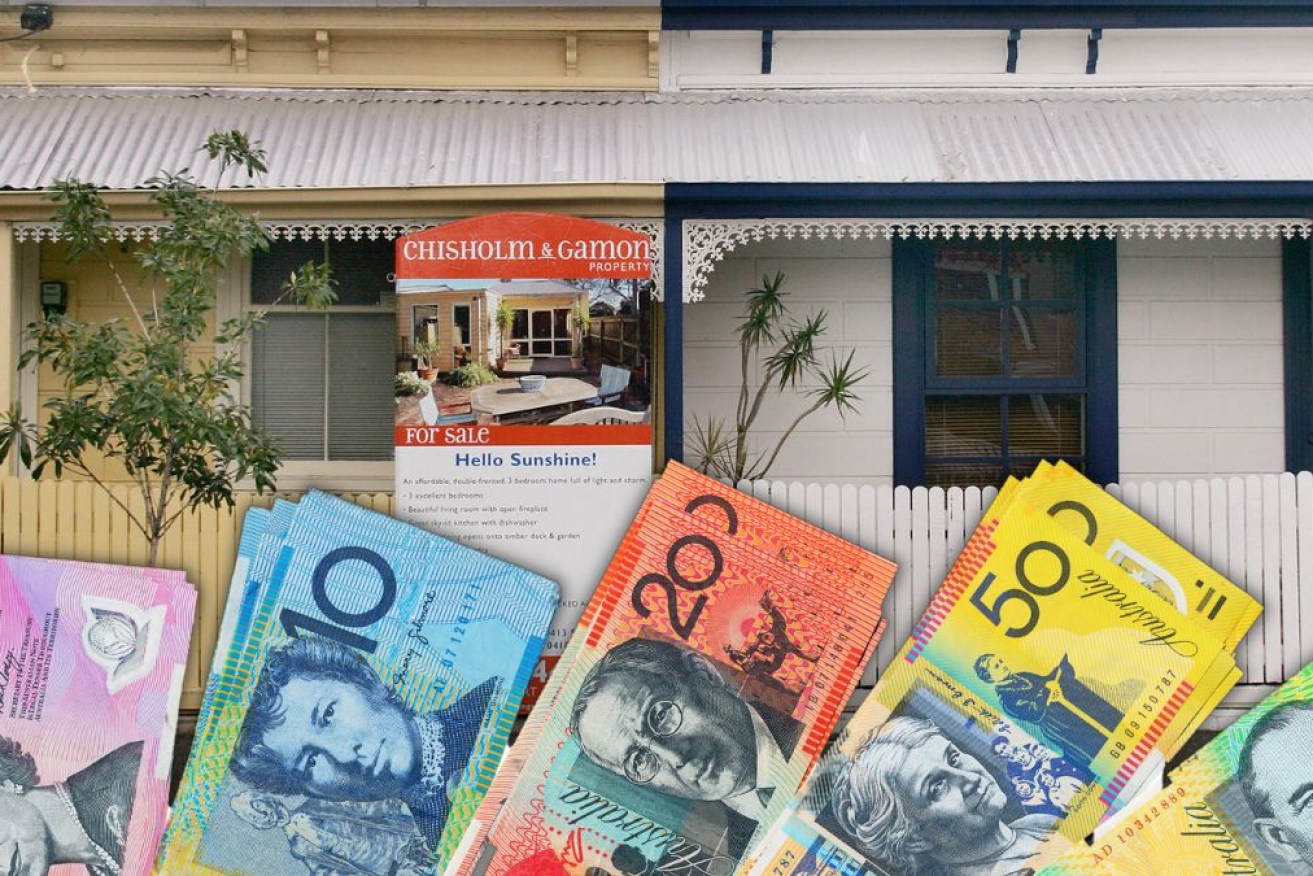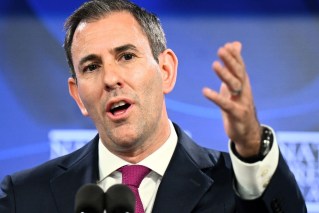Aussies have the greatest mortgage stress in the world: IMF


Australians are facing the least affordable mortgage bills in the world. Photo: TND
Australians’ mortgage repayments are the least affordable globally, with no other developed economy being squeezed as hard (relative to their incomes) as Australians.
That’s according to the International Monetary Fund (IMF), which said in a paper on Wednesday that Australians are paying a larger proportion of their income in mortgage repayments than people in Canada, the US, the UK, Japan and Germany.
Rates of mortgage stress have spiked to record levels, with households cutting back on discretionary and even essential purchases.
Reserve Bank assistant governor Christopher Kent said on Wednesday that the four percentage points of rate hikes passed to curb sky-high inflation are having a profound effect on families.
Since last May the amount of disposable income households require to pay down their mortgages has spiked from 7 per cent to nearly 10 per cent – a record-breaking figure.
“This is above estimates of the peak reached in 2008, when the cash rate was 7.25 per cent,” Kent said in a speech to a Bloomberg event in Sydney.
“And for those households with a large mortgage, required payments are a much higher share of their income.”

Source: RBA (click to enlarge).
No relief in sight
A three percentage point lift doesn’t sound like a big shift, but in dollar terms that’s equal to more than a thousand dollars in extra monthly repayments for a typical home owner.
And it will get worse, with Kent saying that fixed-rate loans taken out during COVID will continue to revert to much higher market rates, with about 20 per cent of mortgages still fixed.
That’s down from 40 per cent in early 2022 though, demonstrating how the financial effects of rate hikes have increasingly spread across the household sector over the past six months.

Source: RBA (click to enlarge).
“Our estimates suggest that the 4 percentage point increase in the cash rate target since May 2022 will have reduced overall household spending by around 0.4–0.8 per cent per year,” Kent said.
But Kent said that nations such as the United States where there are higher rates of long-term, fixed-rate loans are not facing the same degree of budget pressure as Australians.
“In the United States, mortgages are typically fixed for 30 years,” Kent said.
Inflation to ease
The good news is that the high inflation rates that sparked such rapid interest rate increases are now in the past, with the IMF’s latest forecasts predicting global price growth will fall from 8.7 per cent in 2022 to 6.9 per cent in 2023 and 5.8 per cent in 2024.
In Australia, the RBA thinks inflation will ease much faster, from 6 per cent in June 2023 to 4.1 per cent by the end of the year.
Kent said that falling consumer spending, alongside other monetary policy transmission channels such as asset prices and credit, would push down inflation – though there has been a significant lag.
“Some further effects of rate increases to date are still to be felt through the economy, which will provide further impetus to lower inflation in the period ahead,” he said.
This will also mean slower economic growth, however, which is why the IMF on Wednesday cut its forecast for the Australian economy.
It is now predicting GDP growth of just 1.2 per cent now (down from 1.7 per cent previously).
That’s a path that will see Australia avoid an economic downturn, though not on a population-adjusted basis.








